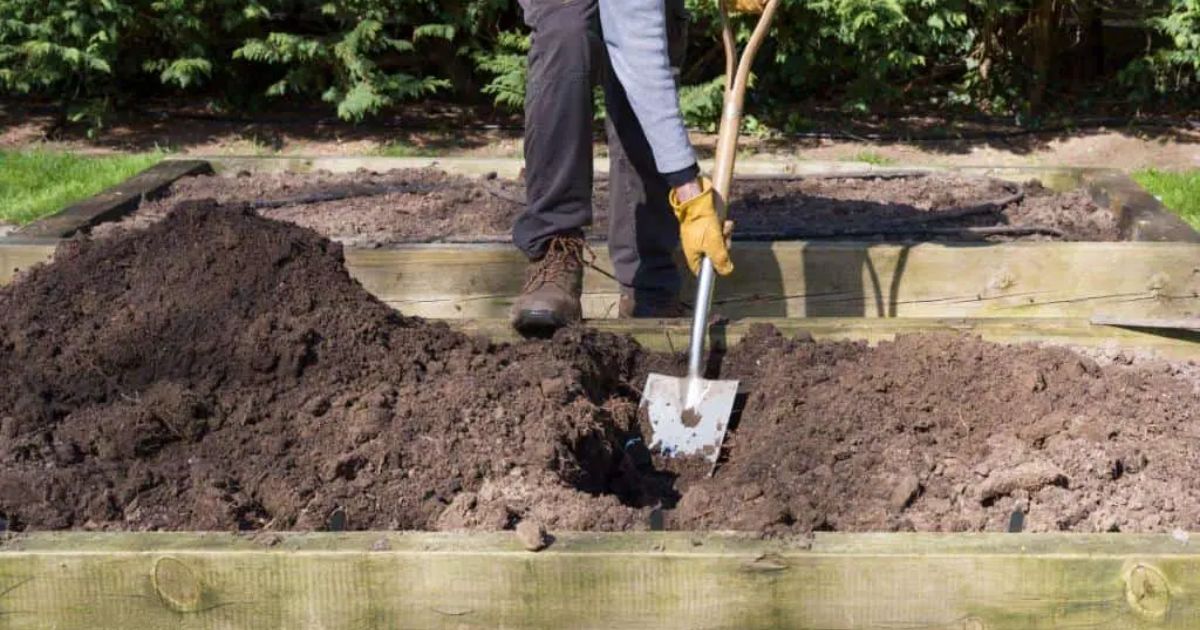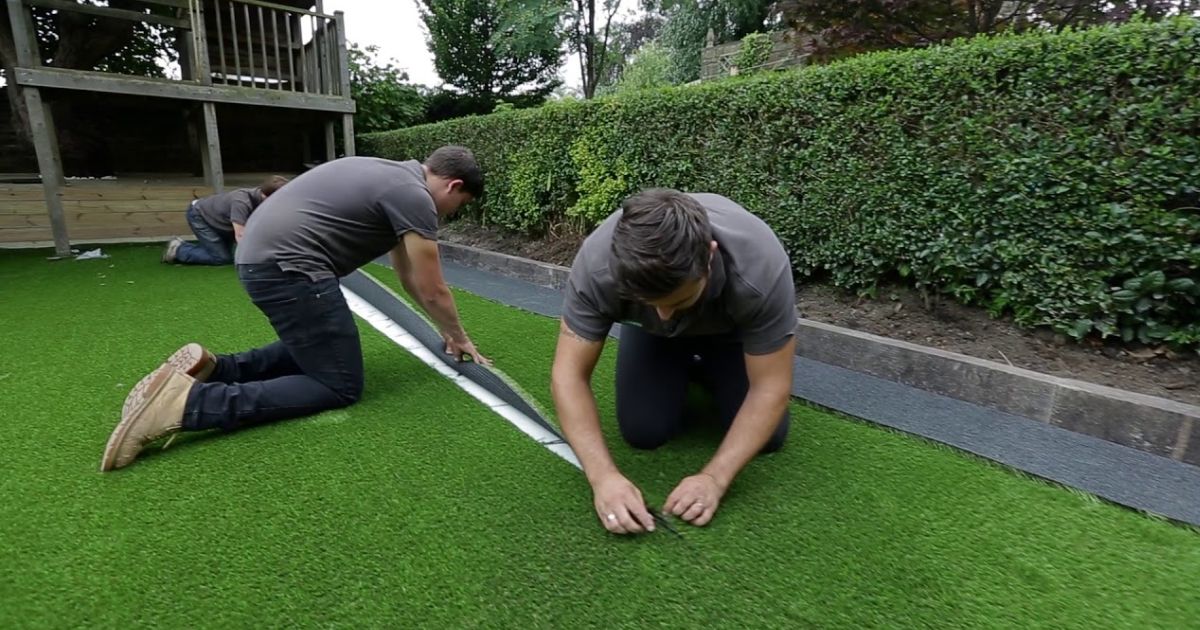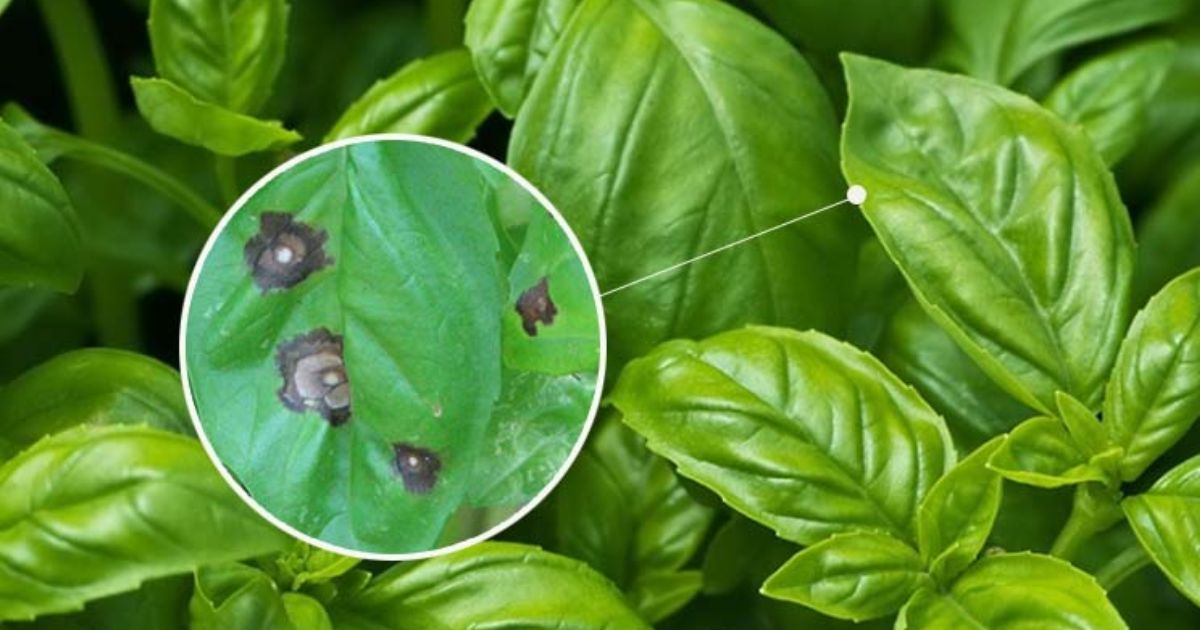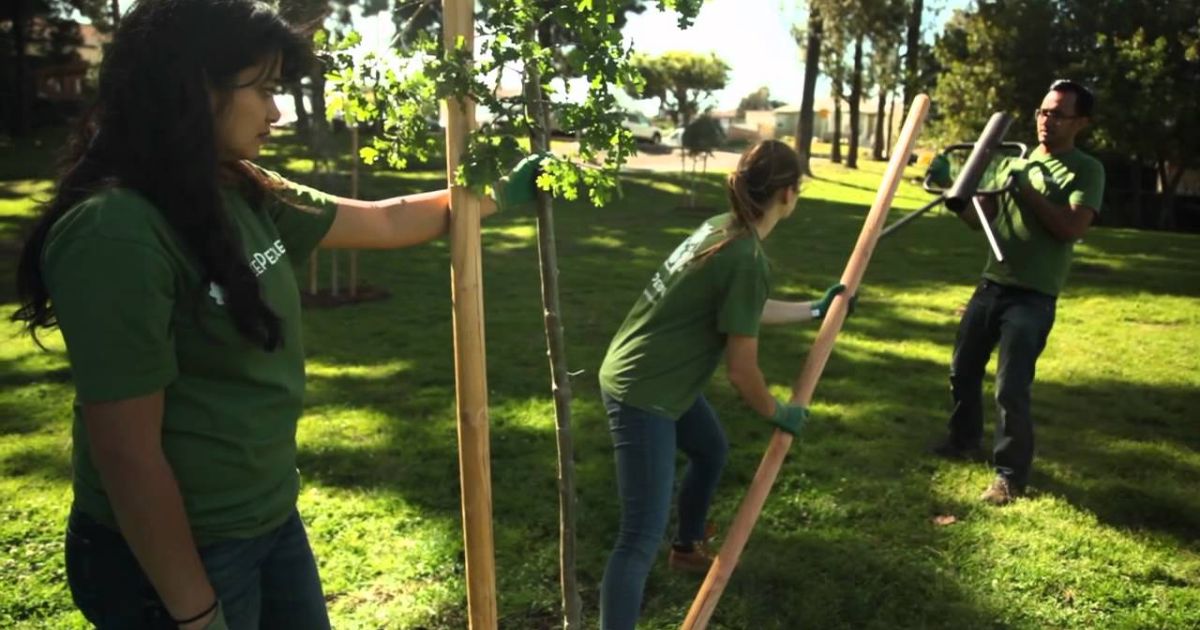Pruning is essential for maintaining healthy, vibrant rose plants. While it may initially seem intimidating, proper pruning encourages strong growth, improves air circulation, and enhances flower production. Removing dead, diseased, or weak branches allows your roses to focus their energy on producing lush foliage and beautiful blooms.The proper pruning techniques also help shape the plant, prevent overcrowding, and reduce the risk of pests and diseases. Rose bushes can become overgrown, tangled, and more susceptible to black spots or powdery mildew without regular pruning. By keeping your roses well-maintained, you ensure they remain strong and flourish season after season.
The best time to prune depends on the type of rose and your local climate. Early spring is ideal in most regions—just as new growth begins. However, climbing and rambling roses may require different timing. Understanding the specific needs of your rose variety is key to effective pruning.This guide will explain the necessary tools, step-by-step pruning techniques, and common mistakes to avoid. Whether you’re a beginner or an experienced gardener, mastering the art of rose pruning will lead to healthier plants and a stunning garden.
Tools Needed for Pruning Roses
The proper equipment is necessary for efficient rose pruning to make precise cuts and shield the plant from harm. Here are the essential tools every gardener should have:
Bypass Pruners
Bypass pruners are a must-have for cutting smaller stems and branches. They provide a clean cut, which helps the plant heal quickly and reduces disease risk. Choose a sharp, high-quality pair for the best results.
Loppers
Loppers are essential for thicker branches (over ½ inches in diameter). The Best Places to Cut Your Own Christmas Tree in Oregon Their long handles provide extra leverage, making cutting through tough or woody stems easier.
Gardening Gloves
Roses have sharp thorns, so a good pair of durable gardening gloves will protect your hands from scratches and injuries. Leather or thorn-resistant gloves work best.
Rubbing Alcohol or Disinfectant
Sterilizing your tools before and after pruning helps prevent the spread of diseases. To keep them clean, wipe your pruners and loppers with rubbing alcohol.
A Small Hand Saw (Optional)

A pruning saw may be needed for older or very thick rose canes. It allows for precise cuts on larger stems without causing unnecessary damage.With these tools, How to Grow Hydrangeas in Your Garden: Essential Planting, Pruning you’ll be ready to prune your roses efficiently and keep them healthy year-round.
Rose Types and Their Pruning Needs
Different roses require specific pruning techniques to promote healthy growth and abundant blooms. Understanding your rose variety will help you prune correctly and avoid unnecessary damage. Here are the most common types and their pruning needs:
Hybrid Tea, Floribunda, and Grandiflora Roses
- These modern bush roses produce large, elegant blooms.
- The best time to Prune is early spring, just as new buds appear.
- How to Prune:
- Remove dead, diseased, or weak canes.
- Cut back the remaining stems to about 12–18 inches, making cuts just above outward-facing buds.
- Shape the plant to encourage airflow How to Take Hydrangea Cuttings: and prevent overcrowding.
Climbing Roses
- These roses produce long, trailing canes that need structural support.
- Best time to Prune: Late winter or early spring before new growth begins.
- How to Prune:
- Remove dead or weak canes.
- Trim lateral branches to encourage flowering.
- Avoid heavy pruning; instead, train canes along a trellis or fence.
Rambling Roses
- These vigorous growers produce clusters of flowers on long, arching canes.
- Best time to Prune: Immediately after flowering in summer.
- How to Prune:
- Remove old, woody canes to encourage fresh growth.
- Lightly shape the plant without over-pruning.
Shrub Roses and Groundcover Roses
- These hardy, low-maintenance roses bloom repeatedly throughout the season.
- Best time to Prune: Early spring, Why Fall is the Best Time to Plant Trees after the last frost.
- How to Prune:
- Trim lightly to shape and remove dead wood.
- For dense growth, cut back by one-third.
You’ll ensure healthier plants and more beautiful blooms by tailoring your pruning approach to the specific rose type.
When Is the Best time to Cut Roses Back?

The best time to cut roses back depends on the type of rose and your local climate. In most regions, late winter to early spring is the ideal time, just before new growth begins. This is when the plant is still dormant, making it easier to shape the bush and remove dead or weak wood without stressing it. Pruning at this time encourages healthy new growth and abundant blooms during the growing season.For modern bush roses like hybrid teas, floribundas, and grandifloras, prune in early spring when you see buds starting to swell. Cut back dead or damaged wood, shape the plant, and remove weak canes to promote vigorous flowering stems.
For climbing roses, prune in late winter or early spring, but avoid cutting back the main structural canes. Instead, trim-side shoots to encourage blooms.rose pruners, which bloom on old wood, should be pruned right after flowering in summer to prevent the loss of next season’s blooms.If you live in a warmer climate, prune a little earlier, while colder regions may must wait till the risk of frost has occurred. An amazing floral show and a healthier plant are guaranteed with the right timing.
An Easy Guide to Rose Pruning
Although it may seem difficult, you can maintain the health of your rose plants and promote lovely blooms by pruning them properly. To properly prune your roses, How to Grow Tulips take the following actions:
Step 1: Assemble your equipment
Before you start, make sure you have the necessary equipment:
- Sharp bypass pruners (for clean cuts)
- Loppers (for thick canes)
- Gardening gloves (for protection)
- Rubbing alcohol (to sterilize tools)
Step 2: Identify What to Cut

- Remove any dead, diseased, or damaged wood first.
- Look for weak, spindly growth and cut it back to encourage stronger stems.
- Cut out crossing or inward-growing branches to improve airflow and reduce disease risk.
Step 3: Make Proper Cuts
- Always cut at a 45-degree angle about ¼ inch above an outward-facing bud.
- This encourages outward growth and prevents water from collecting on the cut surface.
- Use sharp tools to make clean cuts, reducing stress on the plant.
Step 4: Shape the Plant
- For bush pruning shrub roses, trim the overall height by one-third to one-half, depending on the variety.
- Climbing roses should have side shoots trimmed, but the main canes should remain intact.
- Rambling roses need minimal pruning, How to Grow and Care for a Flamingo Tree: A Complete Guide mostly thinning out old wood after flowering.
Step 5: Clean Up and Care
- Remove all cuttings and dead leaves around the plant to prevent disease.
- Apply a layer of mulch and fertilizer to encourage new growth.
With these simple steps, you’ll have healthier, more vibrant roses all season.
Should You Cut Roses Back in Fall?
Pruning roses in the fall can be beneficial, but it should be done carefully. Fall is not the time for a hard prune, but light trimming is recommended to prepare the plant for winter and reduce wind damage.As the growing season ends—typically in late fall, after the first frost—you can cut back long or unruly canes by about one-third. This helps prevent the bush from being damaged by strong winds or heavy snow. Removing dead, diseased, or damaged stems and leaves or debris around the plant’s base also helps reduce the likelihood of pests and disease throughout the winter.
Steer clear of extensive fall pruning, which may encourage new growth susceptible to cold harm. Large-scale trimming is delayed until early spring when the buds start to sprout, and there is no longer a chance of severe frost.If you live in a cold region, consider building dirt or mulch mounds around the base of the rose after trimming to protect it from freezing temperatures.Light fall pruning keeps your roses tidy, reduces winter damage, and sets the stage for a healthier, more productive bloom in the spring.
Conclusion
Pruning roses is essential for maintaining healthy, beautiful plants that produce abundant blooms. While it may initially seem challenging, following the proper techniques and timing ensures strong growth, improved air circulation, and disease prevention. Removing dead, weak, or overcrowded stems allows your roses to focus their energy on producing vibrant flowers.
Remember, the best time to prune depends on your rose type and climate. Most roses benefit from a good trim in late winter or early spring, while others, like winterize roses, should be pruned right after flowering. Sharp, clean tools and precise cuts will promote faster healing and better results.After pruning, don’t forget to clean up debris, apply mulch, and feed your roses to support healthy regrowth. Pruning will become instinctive with time and effort.
FAQ
Why is pruning roses important?
Pruning shapes plants, promotes fresh, healthy growth for better blooms, helps eliminate dead or diseased wood, and enhances air circulation.
How much should I cut back my roses?
- Hybrid Tea & Floribunda Roses: Cut back by one-third to one-half in early spring.
- Climbing Roses: Trim side shoots, but avoid cutting main canes.
- Shrub Roses: Light shaping, removing about one-third of the plant.
What tools do I need to prune roses?
You’ll need sharp bypass pruners, loppers for thicker stems, gardening gloves for protection, and rubbing alcohol to sterilize your tools.
How do I know if I cut too much?
If you’ve removed more than half the plant, it may take longer to recover. Roses are resilient, but excessive pruning is avoided to prevent stress.
What should I do after pruning?
Clean up fallen leaves and branches, apply mulch, and fertilize to encourage new growth.Regular pruning will keep your roses thriving and your garden looking beautiful.





